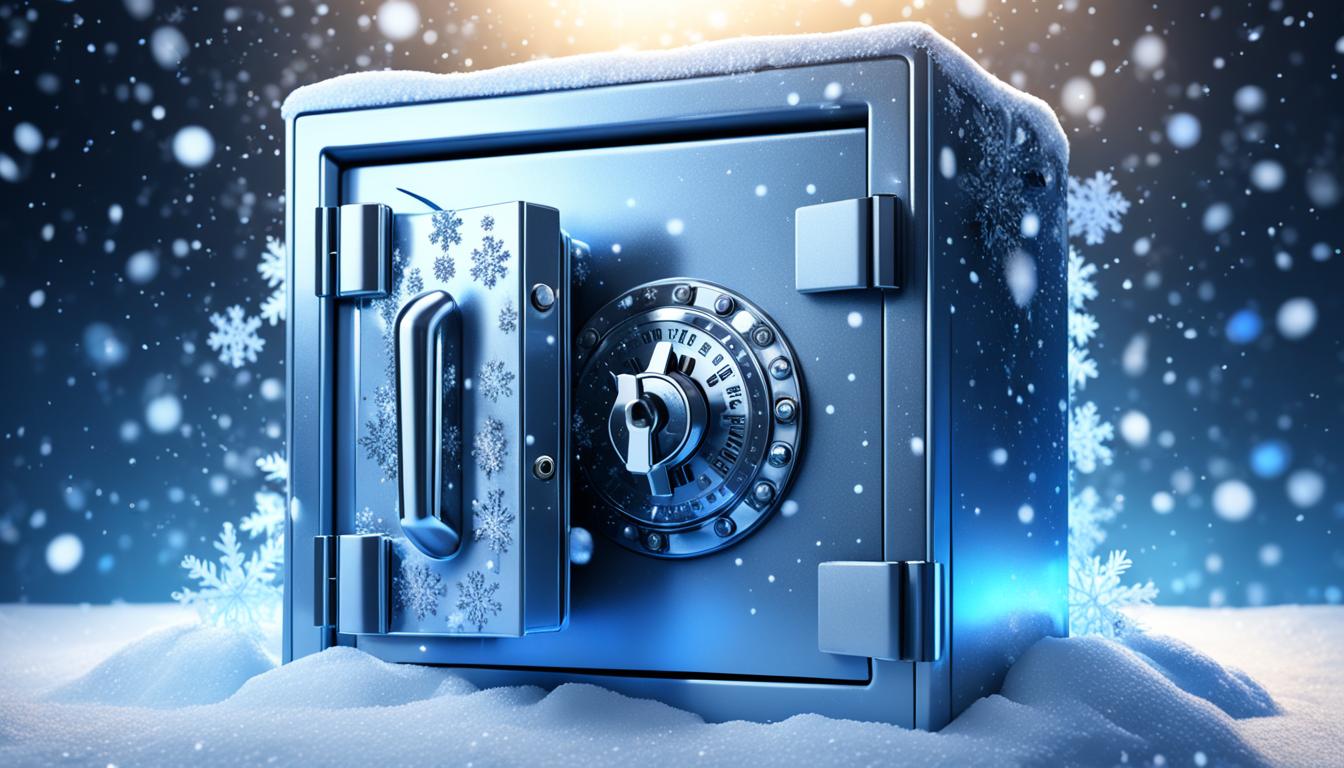Cold storage is a way to keep your cryptocurrency safe by storing private keys completely offline. Unlike hot wallets, which are connected to the internet and vulnerable to hacks or malware, cold storage protects your digital assets by keeping them out of reach from online threats.
Popular cold storage methods include hardware wallets (like Ledger or Trezor), paper wallets, and other physical options. Since the private keys never touch the internet, this method offers a much higher level of security. While it’s less convenient for quick access or trading, cold storage is ideal for long-term holders who want full control and peace of mind.

